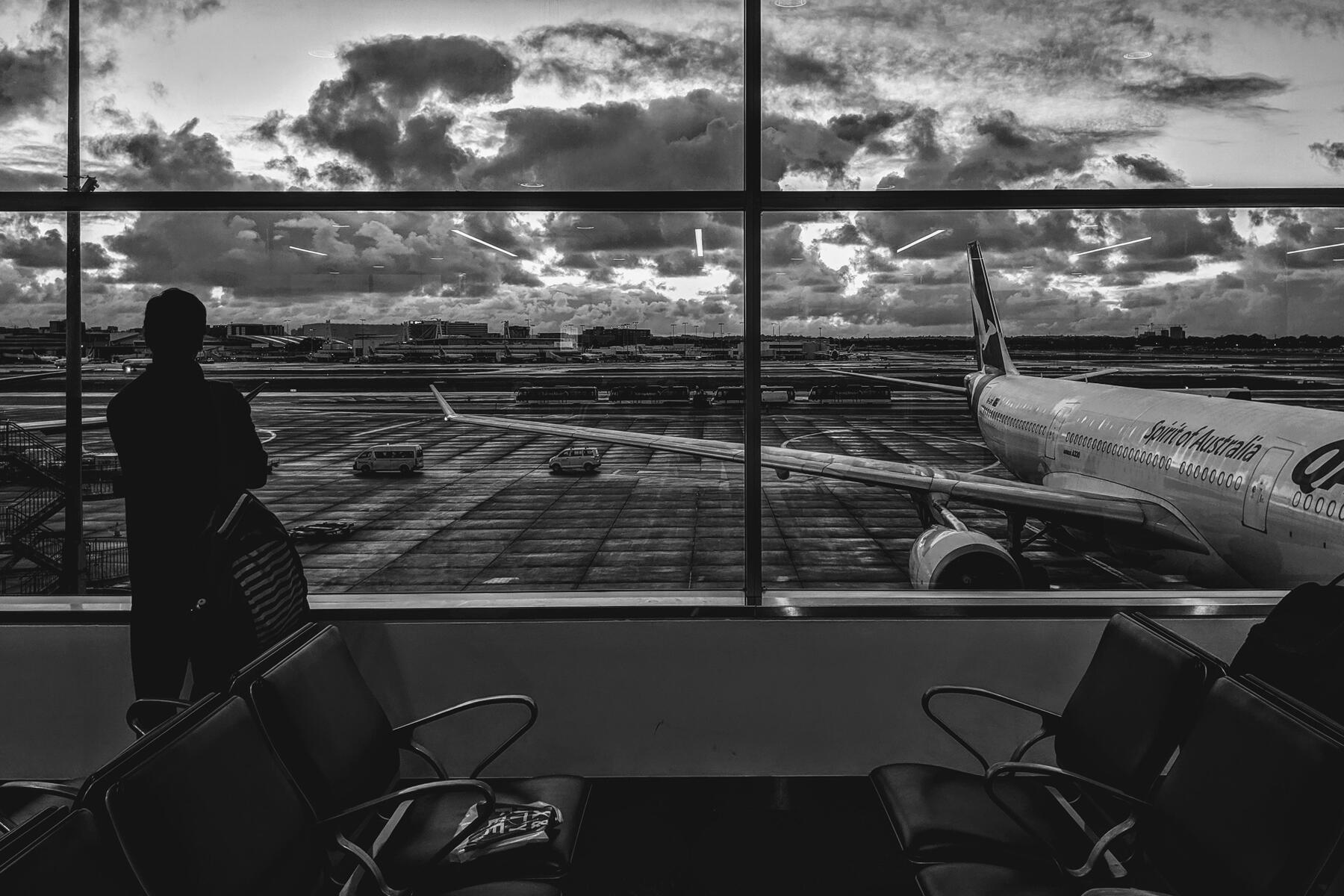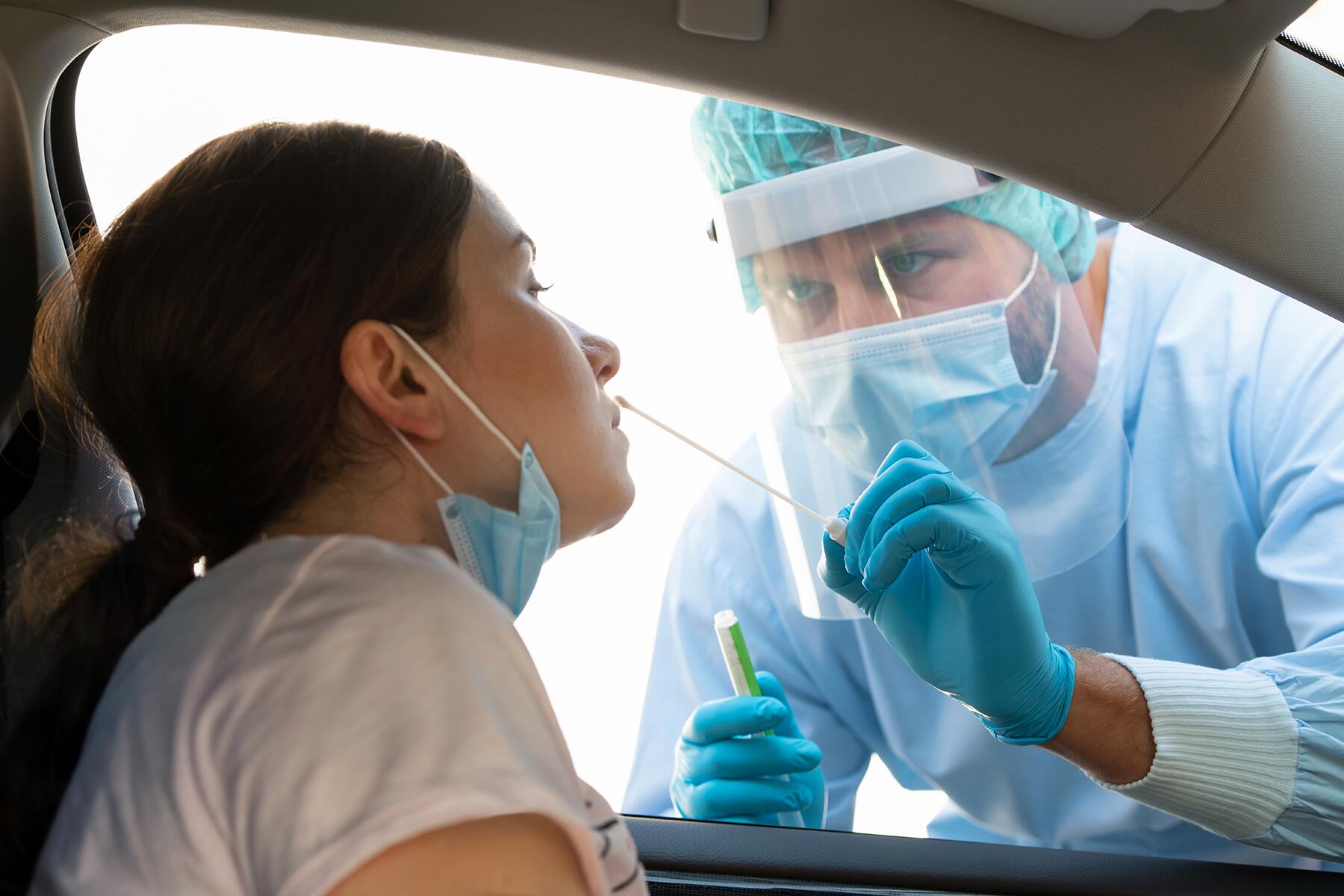The ongoing pandemic adds another step to your pre-travel to-do list: get a coronavirus test.
A worldwide pandemic, a contentious election, wildfires, heatwaves, kids at home for way too long. If ever there were a time for a vacation, it’s right now. And many are still taking them. Whether visiting loved ones that you don’t want to get sick, visiting a place that requires a negative coronavirus test, or simply wanting to be safe, getting a COVID test before traveling is the responsible way to travel. So, how do you go about getting one quickly?
Where to Get a Test
Testing locations have exploded during the past few months. Doctor’s offices, urgent care centers, hospitals, pharmacies, and pop-up sites are among the variety of places offering coronavirus testing. Both CVS and Walgreens offer free drive-thru testing nationwide. Most locations, however, require an individual to be symptomatic or high risk to get a test, ruling it out for most would-be travelers.
So where does one even begin? Start with your primary care doctor. If their office does not provide testing, they might lead you to a testing site near you. If you have insurance, reach out to your representative to inquire about testing sites that take your insurance. If you do not have a primary care doctor or health insurance, check out your local or state health department website for help finding a nearby testing site.
Recommended Fodor’s Video
Appointments are encouraged and often mandatory. Many locations will have a teleconference first to determine if you fit that location’s requirements for a test. Not all facilities will administer a test for asymptomatic individuals. Some sites only test individuals with symptoms or that have been exposed to a person who has tested positive.
Test prices can vary widely depending on the site location, type of test, and insurance. Be sure to ask the cost of the test before making an appointment.
Types of Tests
The most commonly available test is the molecular or PCR test. This is usually what is shown on the news when a technician inserts a long cotton swab up a patient’s nose to collect a sample. It is the most accurate type of test according to the Federal Drug Administration and usually does not need to be repeated. Travel certifications generally require a molecular test.
Antigen is another common test that produces rapid results, sometimes as quickly as an hour. Rapid tests are generally more expensive than molecular tests and their results are not as reliable. The positive results of the rapid tests are highly accurate, however, negative results may need to be confirmed with a molecular test.
While testing has vastly improved during the past six months, it is still difficult to get a test that offers results within 72 hours—especially if you are asymptomatic. That could change in the upcoming months though. In August, the FDA approved a new saliva test that offers results in hours. The test does not require a special type of swab, collection device, or chemicals that have become short in supply during the pandemic, leading some to think it will be a game-changer when it comes to the easy availability of testing.
“The SalivaDirect test for rapid detection of SARS-CoV-2 is yet another testing innovation game-changer that will reduce the demand for scarce testing resources,” said the U.S. Assistant Secretary for Health and COVID-19 Testing Coordinator, Admiral Brett P. Giroir, M.D.
When to Plan Your Coronavirus Test
Rapid tests are generally more expensive and most travel destinations that require a negative test do not accept rapid tests. So when do you schedule your molecular test? Like all things coronavirus, the answer is a little tricky. If you schedule your test too close to the departure date, you might not get your test results back before you leave town. If you get the test too early, you will run the risk of being exposed while you wait for the results. The best bet is to schedule it four days in advance then quarantine while you wait for the results.
According to the CDC a negative test result means that you likely were not infected at the time you took the test, but there’s a chance your sample could have been collected too early in the infection to show up. To avoid this problem, it is a good rule of thumb to quarantine two days before you take the test for the most accurate results.
If you feel sick or have a fever over 100 degrees you should not travel, even if your coronavirus test comes back negative.
If you do travel, the CDC recommends staying as vigilant as if you were at home. This means wearing a mask, keeping six feet away from others not in your household, washing your hands often, and avoiding contact with anyone who is sick.




My son and I traveled to Dubai, UAE two weeks ago and the journey to make it happen, almost put a damper on our vacay. The Covid-19 test had to be strategically done so you would be within 96 hours from when you took your test to be valid to gain entry into the UAE. On the flip side , Paris required a test within 72 hours of your flight. And Yes, they do look at your paperwork before you get on your flight... there's no way around it.
We played their game to get where we had to go.
Heading back home to the US , we had to endure yet another nasal swab.
I'm glad to be back home however, travel is just not the same as it was prior to the pandemic.
I'm a Survivor and widow now , I lost my husband and my mother to this Invisible Killer
however, it will never kill my wanderlust sense of adventure. ✈✈✈✈✈✈